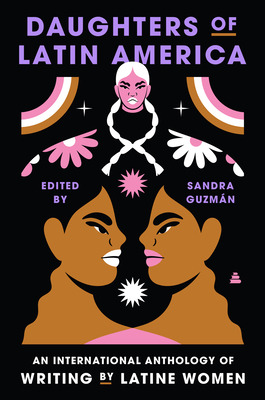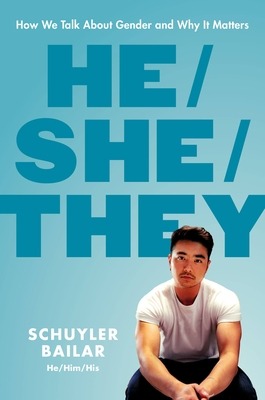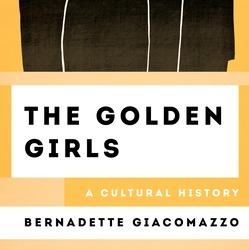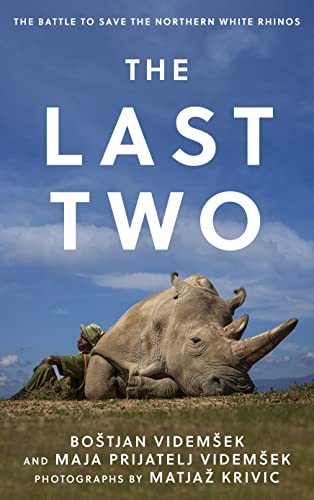#Sabina Caceres
Explore tagged Tumblr posts
Text

Chess Game - Sabina Caceres
Latvian , b. ?
oil on canvas , 35.5 x 45 in.
285 notes
·
View notes
Text




Nonfiction Thursday: New Book Picks
Daughters of Latin America edited by Sandra Guzmán
Daughters of Latin America collects the intergenerational voices of Latine women across time and space, capturing the power, strength, and creativity of these visionary writers, leaders, scholars, and activists—including 24 Indigenous voices. Several authors featured are translated into English for the first time. Grammy, National Book Award, Cervantes, and Pulitzer Prize winners as well as a Nobel Laureate and the next generation of literary voices are among the stars of this essential collection, women whose work inspires and transforms us.
An eclectic and inclusive time capsule spanning centuries, genres, and geographical and linguistic diversity, Daughters of Latin America is divided into 13 parts representing the 13 Mayan Moons, each cycle honoring a different theme. Within its pages are poems from U.S. Poet Laureate Ada Limón and celebrated Cervantes Prize–winner Dulce María Loynaz; lyric essays from New York Times bestselling author Naima Coster, Pulitzer prize-winning playwright Quiara Alegría Hudes, and Guggenheim Fellow Maryse Condé; rousing speeches from U.S. Representative Alexandra Ocasio-Cortez, and Lencan Indigenous land and water protector Berta Caceres; and a transcendent Mazatec chant from shaman and poet María Sabina testifying to the power of language as a cure, which opens the book.
He/She/They by Schuyler Bailar
Go‑to expert on gender identity, Schuyler Bailar, offers an essential, urgent guide that changes the conversation. Anti-transgender legislation is being introduced in state governments around the United States in record-breaking numbers. Trans people are under attack in sports, healthcare, school curriculum, bathrooms, bars, and nearly every walk of life. He/She/They clearly and compassionately addresses fundamental topics, from why being transgender is not a choice and why pronouns are important, to more complex issues including how gender-affirming healthcare can be lifesaving and why allowing trans youth to play sports is good for all kids. With a relatable narrative rooted in facts, science, and history, Schuyler helps restore common sense and humanity to a discussion that continues to be divisively coopted and deceptively politicized.
Schuyler Bailar didn’t set out to be an activist, but his very public transition to the Harvard men’s swim team put him in the spotlight. His choice to be open about his transition and share his experience has touched people around the world. His plain-spoken education has evolved into tireless advocacy for inclusion and collective liberation. In He/She/They, Schuyler uses storytelling and the art of conversation to give us the essential language and context of gender, meeting everyone where they are and paving the way for understanding, acceptance, and, most of all, connection.
The Golden Girls by Bernadette Giacomazzo
Over the course of seven years and 180 episodes, The Golden Girls altered the television landscape. For the first time in history, Americans (and, later, the rest of the world) were watching sexagenarians - and one octogenarian - leading active, vital lives. These were older women who had careers, families, lovers, and adventures, far from the matronly television characters of the past.
In The Golden Girls: A Cultural History, Bernadette Giacomazzo shows why this iconic sitcom is more than just comedy gold. She examines how, between all the laughs and the tales of St. Olaf, these women tackled tough issues of the time--issues that continue to resonate in the twenty-first century. From sexual harassment, ageism, and PTSD to AIDS, inter-racial relationships, and homosexuality, Dorothy, Rose, Blanche, and Sophia weren't afraid to take on topics which were once considered taboo.
The Last Two by Boštjan Videmšek
Meet Najin and Fatu—the last of the northern white rhinos—as well as the scientists, conservationists, and rangers who are fighting for the species’ survival. The last two remaining northern white rhinos, an already functionally extinct species, are kept behind three electrical fences and protected by a squad of rangers at the Ol Pejeta Conservancy in Kenya. Both are descended from the last male northern white rhino, Sudan. Najin is his daughter, while Fatu is his granddaughter. Along with Sudan and another male named Suni, they were transferred to Kenya in 2009, in the hope that returning them to their natural habitat might help them regain their zest for life and reproduction.
Unfortunately, things didn’t go to plan. With the deaths of Sudan and Suni, the northern white rhinos’ destiny is now in the hands of their Kenyan caretakers and a team of scientists at the BioRescue international consortium, which is developing and using several different techniques to resurrect the species, including assisted reproduction and stem cell technologies. Will science prevail, or is it too late?
Journalists Boštjan Videmšek and Maja Prijatelj Videmšek explore this question by taking readers on a journey through the history of the northern white rhinos. They introduce the rangers, conservationists, and scientists fighting for the future of the northern white rhinos and dissect what led the species to the brink of extinction, from wars and climate change to poaching and the black market. The Last Two offers hope for the future of the environment and the fight to save the many species that call Earth home.
#nonfiction#new books#library books#reading recommendations#reading recs#book recommendations#book recs#tbr#tbr pile#to read#booklr#book tumblr#book blog#library blog#readers advisory
5 notes
·
View notes